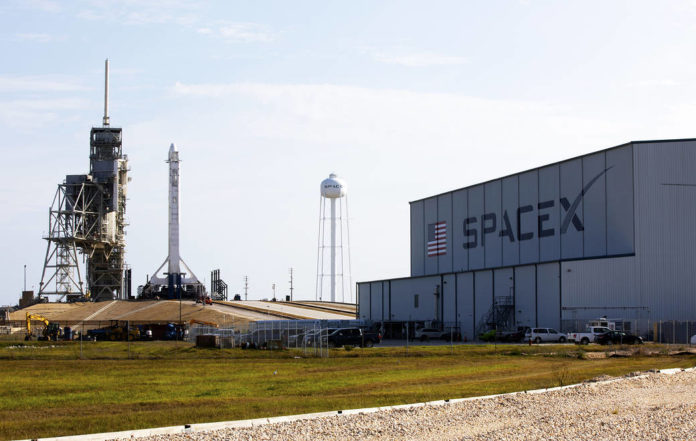
Photo credit: NASA/Glenn Benson
By: Nick Gambino
This weekend will see yet another SpaceX launch with four astronauts of the Crew-3 mission going to the International Space Station as part of the NASA Commercial Crew Program. The crew will stay in orbit for six months.
The Crew-3 mission is manned by three NASA astronauts – Kayla Barron, Raja Chari, and Thomas Marshburn – as well as Matthias Maurer, a European Space Agency astronaut. Marshburn is the only one with space flight experience, having flown on two missions before.
This is the third of six crewed missions SpaceX is contracted to operate, shuttling NASA astronauts to the ISS and back. The first test was in May 2020 when the Elon Musk-owned company successfully ferried two NASA astronauts to the ISS. There are two more scheduled for next year, but per all indications, NASA plans to continue to use SpaceX beyond the contracted six flights.
In addition to the current contract with NASA, SpaceX has launched travelers to space two other times in their Crew Dragon spacecraft, the same one being used for this weekend’s mission.
Trained astronauts aren’t the only ones making it to space under SpaceX’s watch. They, along with other private-owned space travel companies, have been sending civilians to space. In September, SpaceX launched the Inspiration4 into space with four civilians on board. They spent three days in orbit before touching down on Earth.
The civilian mission proved important for other astronaut-manned missions, pointing out some things that needed tweaking before the next flight, namely, the toilet.
“We didn’t really even notice it; the crew didn’t notice it until we got back,” VP of Build and Flight Reliability, William Gerstenmaier, said at a press conference. “We got the vehicle back, we looked under the floor, and we saw the fact that there was contamination underneath the floor.”
The same issue was then found on the Crew Dragon. Without getting into the nitty-gritty details, the liquid has the potential to corrode the metal in the spacecraft over time. They fixed it by creating an “all-welded structure” for the toilet.
With that patched up, there shouldn’t be anything else to worry about on this weekend’s launch. Liftoff will occur in the middle of the night at 2:21 AM ET on Halloween, October 31 at the Kennedy Space Center in Cape Canaveral, Florida.
Watch the live stream on the NASA website or on YouTube.









